How To Record Video With Sound On Pc?
Recording videos with sound on a PC is a task many users need to accomplish, whether for professional tutorials, personal vlogs, academic presentations, or gaming streams. The requirement for a seamless and effective method to capture both video and audio relies heavily on understanding the right tools and techniques available. In this article, we will delve into the practical steps and tools for successfully recording video with sound on a PC, addressing the common challenges, and providing tips for an optimal recording experience.
Choosing the Right Software
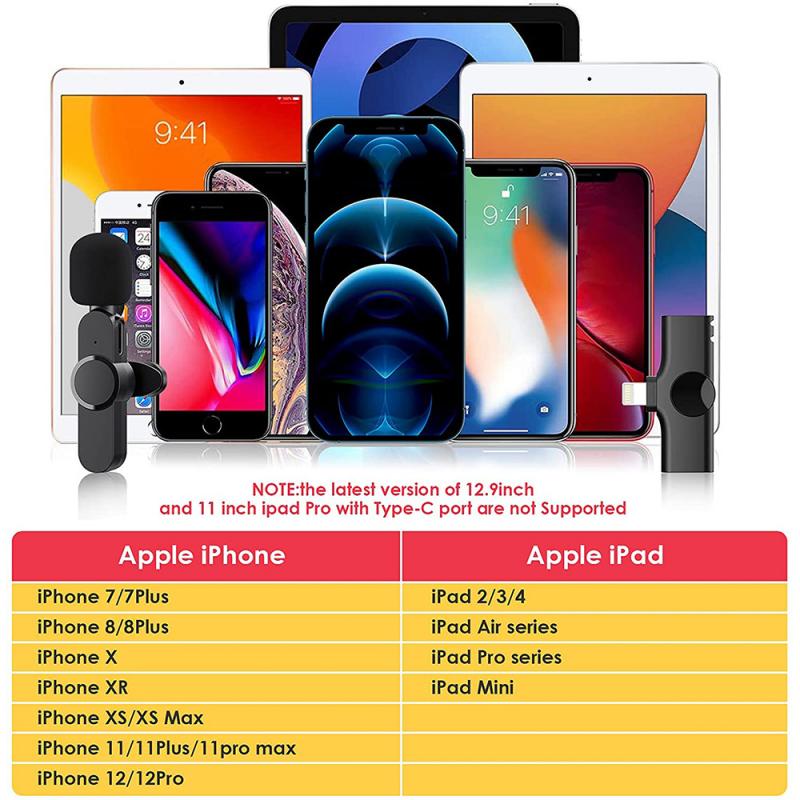
The first step in recording videos with sound on a PC is selecting an appropriate software tool. There are numerous options available, both free and paid, each with different features tailored to various needs.
Free Software Options:
1. OBS Studio (Open Broadcaster Software): This is a powerful and versatile open-source software suitable for both beginners and advanced users. OBS Studio supports recording from multiple sources, including webcams, screens, and microphones. It offers advanced settings for audio channels, video resolution, and bitrate control.
2. ShareX: This lightweight, open-source tool is primarily used for screen capture and sharing. However, it also includes robust video recording features with sound, supporting various audio sources and formats.
3. Windows 10 Game Bar: Built into Windows 10, this tool is convenient for gamers but works for general screen recording as well. It’s easy to use with a simple interface but has less flexibility in settings compared to OBS Studio.
Paid Software Options:
1. Camtasia: Known for its user-friendly interface, Camtasia is ideal for creating polished videos with comprehensive editing tools. It’s particularly popular in educational and corporate environments.
2. Bandicam: This software is favored by gamers and professionals for its high-quality recording and minimal system impact. It supports multiple audio sources and provides detailed settings for recording customization.
3. ScreenFlow: Preferred by Mac users (a Windows version might be available), ScreenFlow is excellent for capturing screen activity with sound, featuring powerful editing tools for adding effects and annotations.
Preparing Your PC for Recording
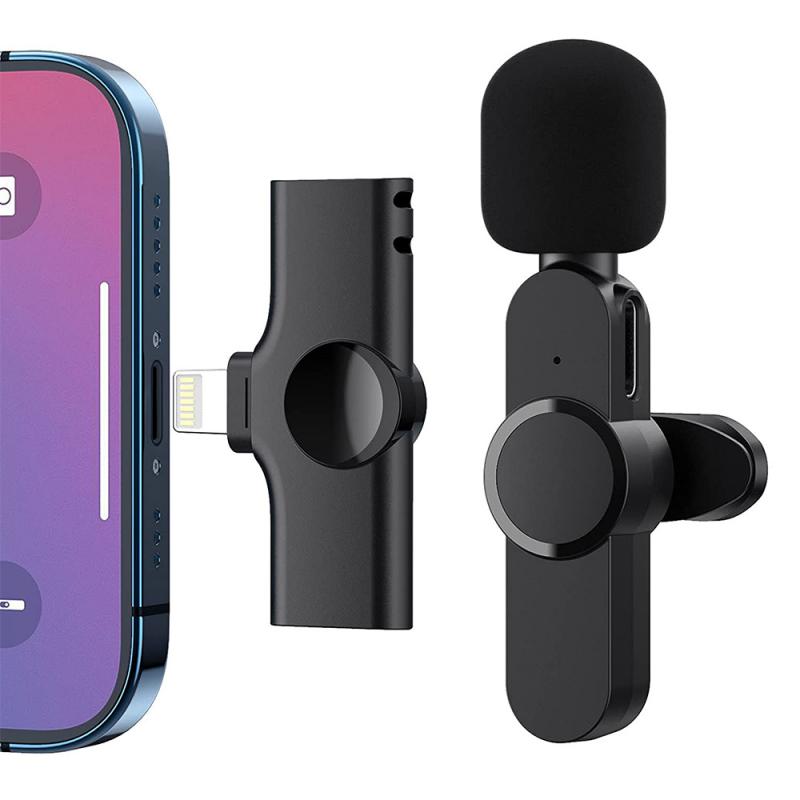
Before starting your video recording, it’s essential to ensure your PC is optimized and ready. Here are some preparatory steps:
1. Update Drivers: Ensure your audio and graphics drivers are up to date to prevent any compatibility issues during recording.
2. Check System Performance: Close unnecessary applications running in the background. Recording software can be resource-intensive, and having available CPU and RAM will ensure smoother performance.
3. Configure Microphone Settings: Make sure your microphone is set as the default input device in the sound settings and test its levels. In Windows, you can find these options under Settings > System > Sound.
Setting Up the Software
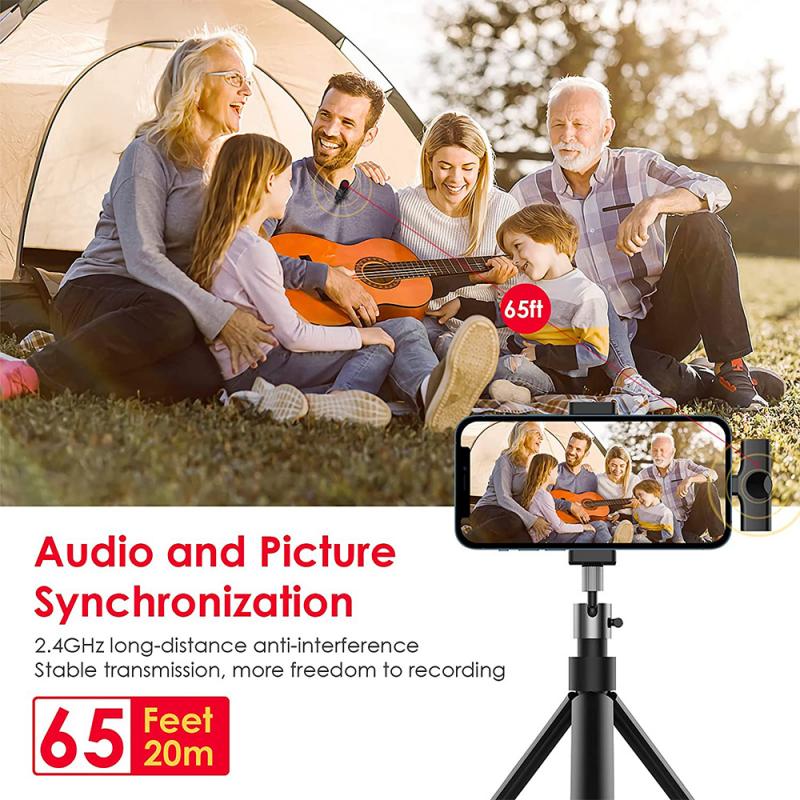
Let’s take OBS Studio as an example to illustrate the setup process for recording video with sound.
1. Download and Install OBS Studio: Go to the OBS Studio official website, download and install the latest version of the software.
2. Configure Audio Settings:
- Open OBS Studio, go to “Settings” > “Audio.”
- Under “Global Audio Devices,” ensure your microphone is selected in the dropdown menu for “Mic/Auxiliary Audio.”
- Similarly, select the default audio output device (usually your speakers or headphones) under “Desktop Audio.”
3. Set Up Video Capture:
- In the main OBS interface, add a new scene by clicking the “+” button in the “Scenes” box.
- In the “Sources” box, add a new source by clicking the “+” button and select “Display Capture” for screen recording or “Video Capture Device” for capturing from a webcam.
4. Adjust Video Settings:
- Go to “Settings” > “Video” to set your base (canvas) resolution and output (scaled) resolution. Match these to your monitor’s resolution for best results.
- Set the frames per second (FPS) option based on your need — 30 FPS is generally sufficient for tutorials, while gamers may prefer 60 FPS.
5. Configure Output Settings:
- Navigate to “Settings” > “Output.”
- Choose “Simple” or “Advanced” output mode based on your comfort level. In “Advanced” mode, you can further tweak the bitrate and recording format (e.g., MP4, MKV).
Recording the Video
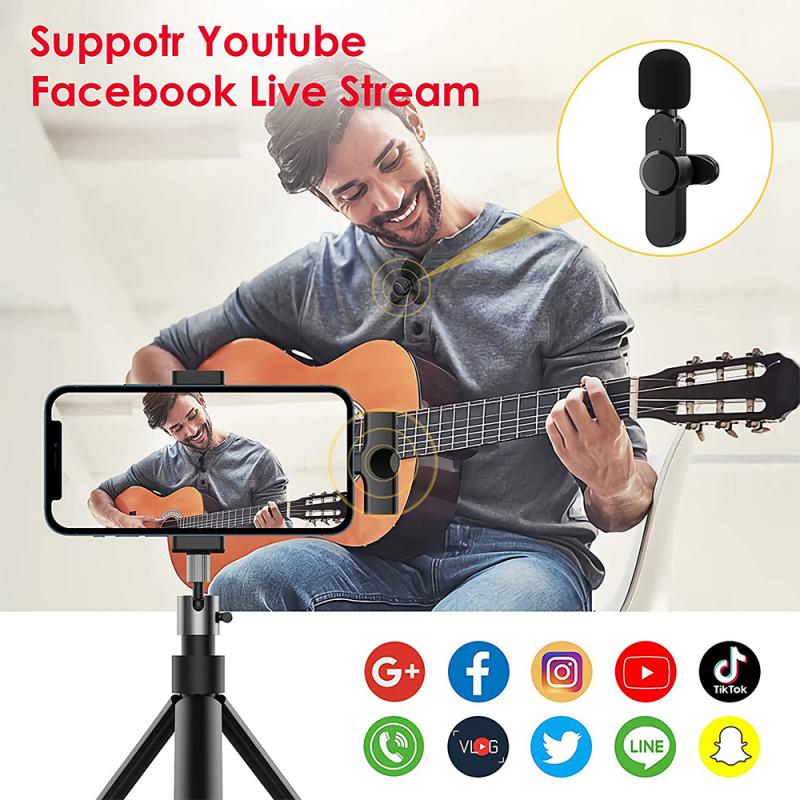
Now that your software is set up, you can start recording:
1. Start Recording: Click the “Start Recording” button in the main OBS interface.
2. Monitor Sound Levels: Observe the audio mixer levels in OBS to ensure both your microphone and desktop audio are being captured. Adjust the gain if necessary to avoid clipping or too low volume.
3. Pause and Resume: If you need to pause during recording, use the “Pause Recording” button. This feature is particularly useful if you're making long recordings and want to capture multiple segments without having to edit them together later.
4. Stop Recording: When done, click the “Stop Recording” button. OBS will automatically save the video file to your specified output folder.
Editing the Recorded Video
Post-recording, you might need to edit the video to trim unwanted sections, add annotations, overlay additional audio, or improve the visual and sound quality.
1. Editing Tools: Use software like Adobe Premiere Pro, DaVinci Resolve (free version available), or even simpler tools like Windows Video Editor for basic edits.
2. Audio Enhancements: Enhance your audio quality by reducing background noise, normalizing volume levels, and adding music or voiceovers where necessary.
3. Exporting the Final Video: Once editing is complete, export the final video in your desired format and resolution. Ensure the output settings match your intended use, whether for uploading to YouTube, sharing on social media, or embedding in a presentation.
Troubleshooting Common Issues
While recording video with sound on a PC is generally straightforward, you may encounter some common issues:
1. No Audio in Recording:
- Ensure your microphone is selected as the audio input and is not muted.
- Verify the desktop audio is being captured and not muted in the system sound settings.
2. Laggy or Choppy Video:
- Reduce the recording resolution and lower the FPS setting.
- Ensure your PC meets the minimum hardware requirements for the recording software.
3. Desynchronization of Audio and Video:
- This is often a result of high CPU usage. Close unnecessary applications and consider using a more efficient recording format like MKV, which handles interruptions better.
Recording video with sound on a PC involves a few key steps — choosing the right software, preparing your PC, configuring settings, performing the recording, and editing the final output. With these considerations and tools at your disposal, you can create high-quality recordings suited for various purposes. Remember that practice and experimentation with settings will help you find the best configuration for your specific needs, ensuring a smooth and productive recording experience.


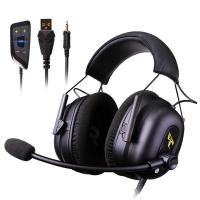
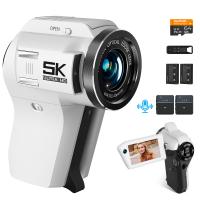

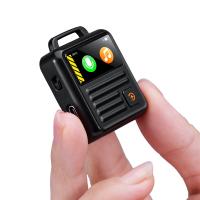
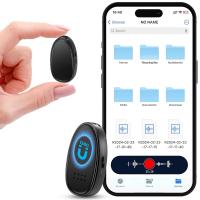

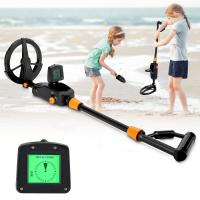
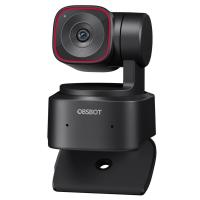
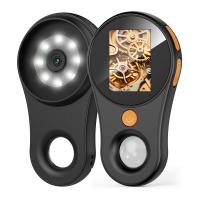




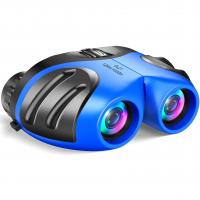
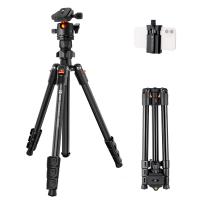

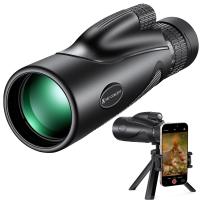

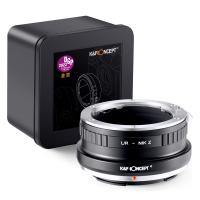






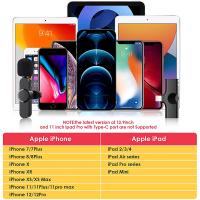
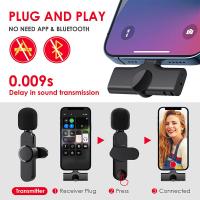



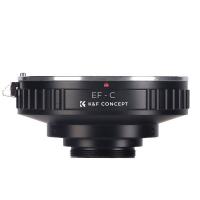

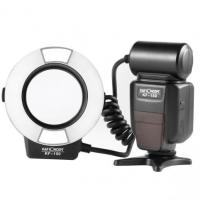
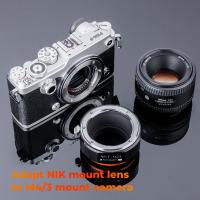
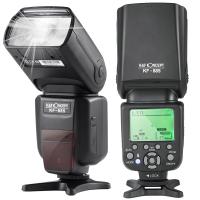
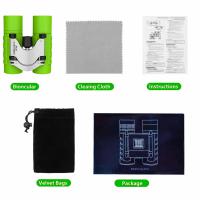

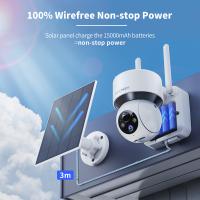

There are no comments for this blog.